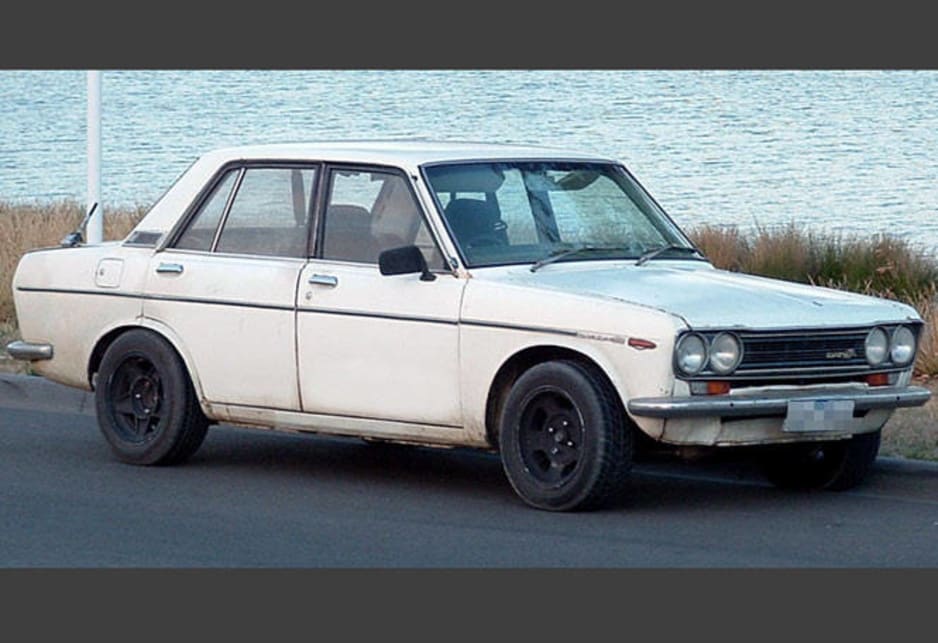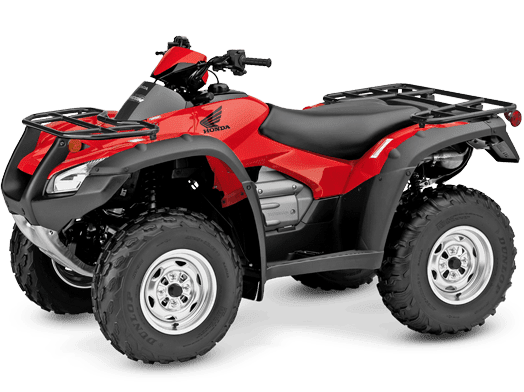
Used Datsun 1600 Review: 1968-1972
Bathurst conjures up images of Holdens and Fords racing down the Mount Panorama circuit, but the great Bathurst race was once more than a race between our two biggest brands. Unlike today's races, which have become more of a marketing marathon than a showroom, Bathurst began as a mobile comparison test, held in full view of the car-buying public on no man's land on the race track.
The classes were based on sticker price, making comparison simple and relevant for anyone trying to decide which car to buy.
While the Holdens and Fords that now compete in the annual 1000K race are thoroughbred racers who have nothing to do with anything we can buy, there was a time when cars that raced around Mount Panorama were available for sale. These were production standard or slightly modified production cars that really represented what came off the assembly lines in Elizabeth, Broadmeadows, Milan, Tokyo or Stuttgart.
Anyone interested in buying a small four-cylinder family car in 1968 couldn't help but be impressed with the Datsun 1600 when it won its class in the Hardie-Ferodo 500 that year.
The Datsun 1600 finished first, second, and third in the $1851 to $2250 class, ahead of its competitors Hillman and Morris.
If that wasn't enough to get buyers rushing to the nearest Datsun dealer, finishing first in its class in 1969 when it overtook Cortinas, VW 1600s, Renault 10s and Morris 1500s, it must have helped.
However, the history of the Datsun 1600 does not end with the 1969 race, as the little scorcher won again in 1970 and 1971.
WATCH MODEL
Datsun 1600 appeared in our showrooms in 1968. It was a fairly simple traditional three-box design, but its crisp, simple lines proved timeless and still look appealing today.
Look at the BMW E30 3-Series or the late 1980s Toyota Camry and you'll see a resemblance that can't be denied. All three have stood the test of time and are still attractive.
Those who dismissed the Datsun 1600 as a simple four-seater family car were doing themselves a disservice, because the skin contained all the elements of a fast little sports sedan.
Under the hood was a 1.6-liter four-cylinder engine with an alloy head, which produced a very decent power of 72 kW at 5600 rpm for that time, but it soon became clear to the tuners that it could be easily modified.
In the blink of an eye, it became a favorite of sports-minded drivers who wanted to compete in amateur races or rallies.
The gearbox was well-shifted, fully synchronized, with four speeds.
To see the full potential of the Datsun 1600, one had to look under the bottom, where one could find an independent rear suspension. While the front was conventional with MacPherson struts, the independent rear was quite remarkable for a family sedan at such a modest price at the time.
What's more, the independent rear end boasted ball splines instead of the more traditional sliding splines, which tended to seize under torque. Ball splines kept the Datsun's rear suspension running smoothly and without friction.
Inside, the Datsun 1600 was quite spartan, although it must be remembered that most 1967 cars were spartan by today's standards. Apart from criticisms of the lack of armrests on the doors, there were few complaints from contemporary road testers, who generally praised it for being better equipped than they expected from what was being marketed as an economical family car.
Many 1600 models have been used in motorsport, especially rallying, and even today they are still in high demand for historic rallies, but there are many that have been cared for and are now attractive vehicles for those who want cheap reliable transport or for those who want a cheap and fun classic.
IN THE SHOP
Rust is the enemy of all old cars, and the Datsun is no exception. Now, 30-year-olds expect to find rust in the rear, sills and rear of the engine bay if it was used as a road car, but keep a close eye on any damage that may have been caused by running into the woods during the rally.
The engine is powerful, but because of its known power, many 1600 models have been abused so look for signs of use such as oil smoke, oil leaks, engine rattling, etc. Many engines have been replaced by later 1.8L and 2.0L Datsun engines. /Nissan engines.
Gearboxes and diffs are solid, but again many have been replaced by later model units.
The standard disc/drum brake setup was sufficient for normal road use, but many 1600 models now feature heavier calipers and four-wheel discs for much more efficient motorsport braking.
The interior of the Datsun is well tolerated by the scorching Australian sun. The emergency pad is well preserved, as are most of the other parts.
SEARCH
• simple but attractive style
• reliable engine, the power of which can be increased
• independent rear suspension
• rust in the rear of the body, sills and engine compartment
